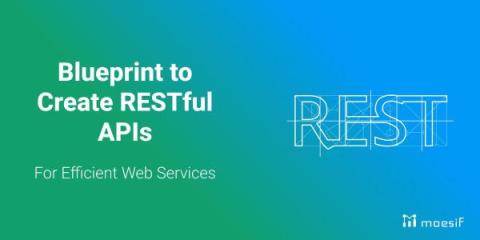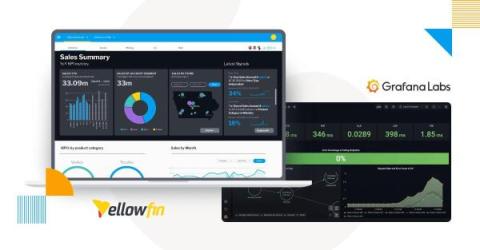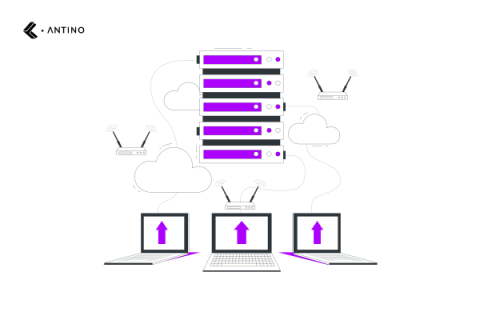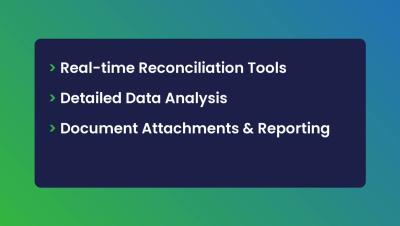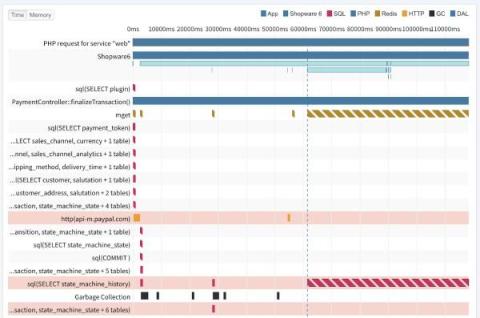Step-by-Step Blueprint to Create RESTful APIs for Efficient Web Services
Creating RESTful APIs is essential for efficient web service development. With this article, you’ll learn to create restful apis using Node.js and Express by following a concise, step-by-step approach designed for real-world application. From server setup to endpoint creation and securing data, we’ve got you covered. This comprehensive guide will ensure you grasp the fundamentals while also diving into the more nuanced aspects of RESTful API development.


